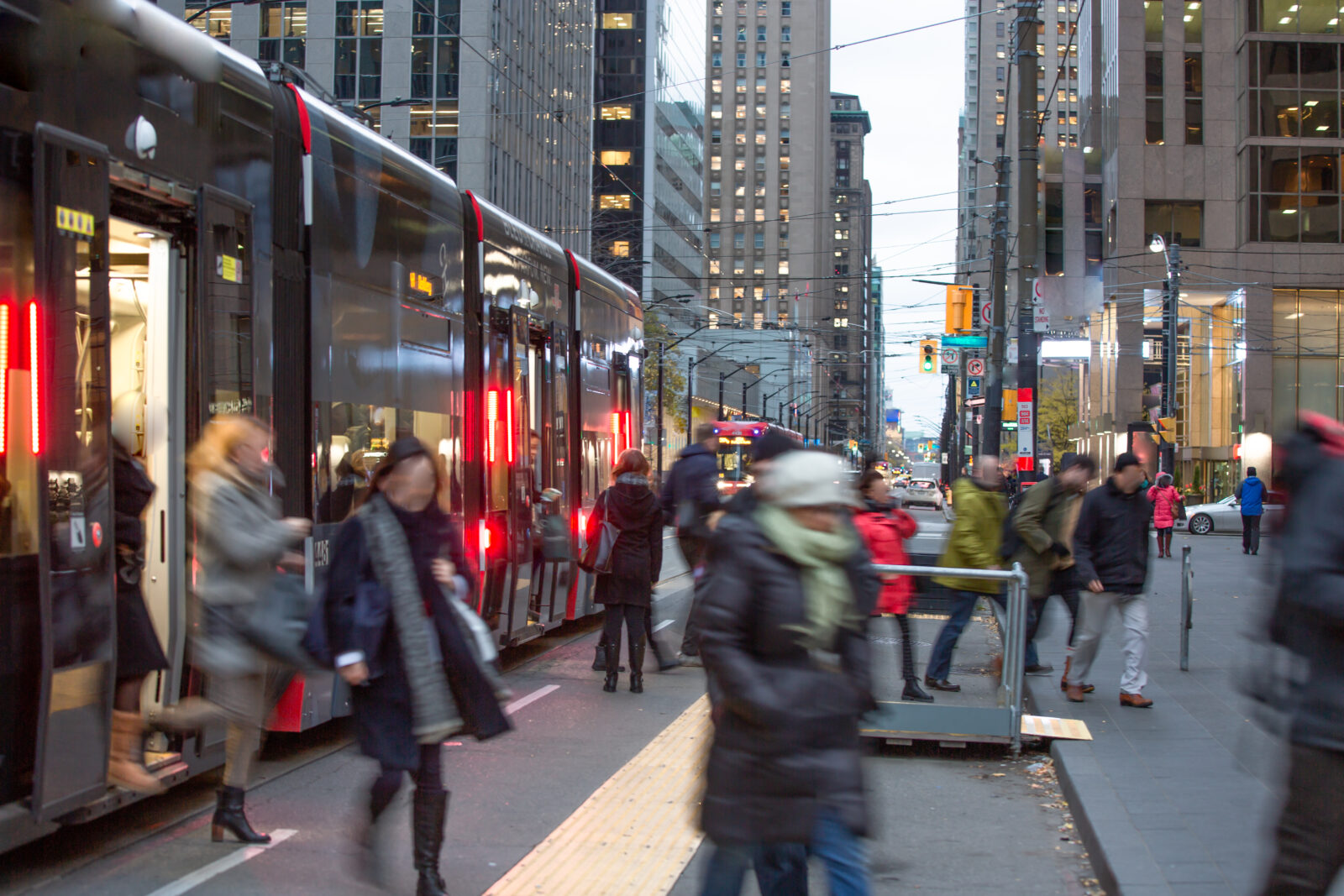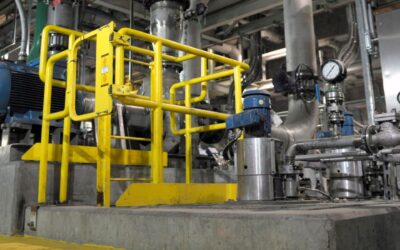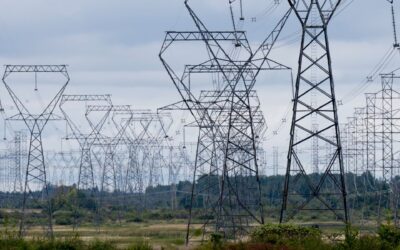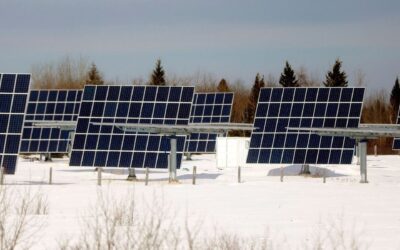Uncertainty can be paralyzing. Uncertainty when the stakes are high, doubly so. Ask five people how Canada should get to net zero emissions by 2050, and you may get six answers. There is no shortage of ideas: electrification, carbon capture and storage, direct air capture, hydrogen fuel, small modular nuclear—all are on the table, and many more. As a result, uncertainty and debate persists around the relative importance of any one solution on the way to net zero.
But here’s the thing: uncertainty isn’t all or nothing. We know more than enough today to start confidently down the road to net zero. We know about the main forces and factors shaping Canada’s net zero transition. We know enough to lay some smart bets that will pay off in the long run. And we know collaboration between governments, the public and private sectors, and among Canadians is critical to make it happen.
A range of “safe bet” solutions is fundamental to the transition between now and 2030, as we work toward net zero by 2050. These commercially available technologies will contribute substantially to Canada’s net zero transition, no matter how it plays out. Safe bets include energy efficiency in buildings, non-emitting electricity of all forms, heat pumps, electric vehicles, and some forms of carbon capture and storage. New analysis from the Canadian Climate Institute shows these well-established solutions will provide at least two-thirds of the emissions reductions required to reach Canada’s 2030 target.
Looking out to 2050, however, “wild cards”—and the courage to try them—become increasingly important for unlocking the deeper, cost-effective emissions reductions that can get Canada to its net zero target. Some wild card technologies are still in early stages of development. Some face major barriers to being scaled up. Some will only prove useful under a specific set of circumstances. Wild cards include hydrogen fuel cells, next-generation biofuels, small modular nuclear, and engineered negative emissions solutions that pull carbon dioxide out of the atmosphere. We can’t say with certainty today which ones will play a big role, or how big that role will be. So we need multiple wild cards in our hand to increase the odds that a few of them will pay off.
To get to net zero, Canadian governments will need distinct policies to drive both safe bets and the potential of wild cards. And for them to pay off in 2030 and 2050, those policies must be implemented now.
Safe bets require clear incentives for their widespread deployment and uptake. The federal government’s new climate plan based on increasingly stringent carbon pricing and flexible regulations, is an important step in the right direction here—and one on which other governments can build. Governments around the world are making major investments, and implementing policies to encourage private investment, in emission-reducing infrastructure. To meet its climate goals, Canada must take note and do the same.
Wildcards need policies and investments that can support their development and advancement, to ensure they’re ready when we need them. Policies such as regulatory and other support for pilot projects and tax incentives for early-stage commercialization can help to mobilize private capital.
One kind of policy is not a substitute for the other. Using policies that only drive the safe bets will either make our net zero transition more difficult or more costly—there are costs to playing our hand too safely. Going all-in on wildcards could mean overlooking the wins from the safe bets. But sitting on other cards is risky, too. We need a balanced approach and going it alone won’t work. If anything, COVID has reinforced the importance of public-private collaboration.
Here’s the real kicker: if Canada can get comfortable with the inevitable uncertainty ahead, it doesn’t need consensus on exactly what net zero looks like. The whole point is to use policies and investments that help Canada hedge against a range of different potential outcomes in the global net zero transition. In fact, we—the authors of this op-ed—don’t necessarily agree about which wild cards matter most or which pathway to net zero is most likely or most desirable. But we do agree we need clear, decisive, climate policy and private and public investments that set Canada up for success in a net zero world—whatever it looks like.
After all, the stakes couldn’t be higher.
Martha Hall Findlay is the Chief Sustainability Officer at Suncor Energy, Canada’s largest integrated energy company.
A version of this blog was published as an op-ed in The Hill Times on March 1st, 2021.





